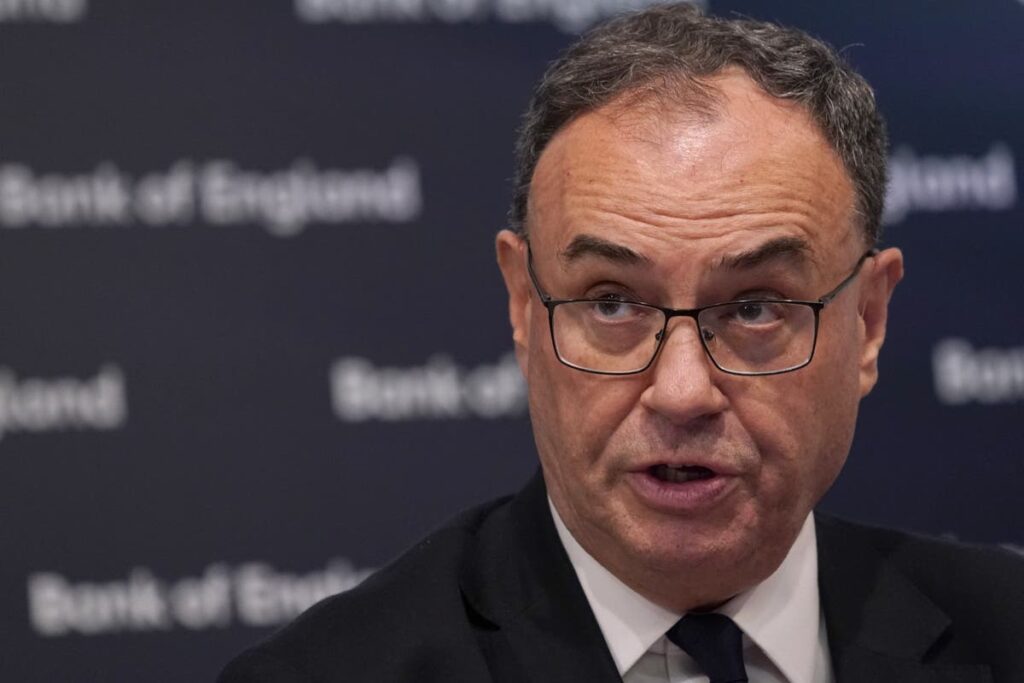The Bank of England may soon adopt a more assertive approach to interest rates. Recent statements by Governor Andrew Bailey suggest that aggressive rate cuts are a possibility, potentially impacting the value of the pound.
Governor Andrew Bailey has hinted at a paradigm shift in the Bank’s strategy towards interest rates. He articulated the potential for a more proactive stance, moving beyond gradual reductions. This marks a significant evolution from his prior cautious approach, reflecting a new confidence in managing borrowing costs.
The governor’s remarks have immediately influenced financial markets, evidenced by the pound’s nearly one per cent drop against both the dollar and the euro. Kathleen Brooks of XTB highlighted a 61% likelihood of additional rate cuts by December, underlining market anticipation for further monetary easing.
The market’s response underscores a collective readiness for a shift in policy, as Mr. Bailey’s comments have provided a foundation for re-evaluating economic forecasts.
Historically, the Bank reduced rates from five per cent to 5.25 per cent in August.
This adjustment followed a return of inflation to the targeted 2 per cent, though it has marginally increased to 2.2 per cent since then. Despite this, economists speculate on continued rate cuts before the year’s end, pointing to enduring inflationary pressures.
Geopolitical events, particularly the Middle East tensions, play a critical role in economic stability. The Bank is vigilant about how such developments, including oil price fluctuations, might interact with existing market vulnerabilities. Andrew Bailey emphasized that, despite previous oil-related economic shocks, contemporary impacts have been less severe, aiding monetary policy.
This geopolitical landscape requires careful monitoring, considering its potential to further perturb financial stability.
The Bank’s Financial Policy Committee recently reported increased market vulnerabilities following a summer spike in volatility. Given global geopolitical volatility, markets remain susceptible to unforeseen shocks, necessitating vigilance and preparedness.
Financial systems, although stable presently, must be ready for potential disruptions. Mr. Bailey’s prudent monitoring of geopolitical and market dynamics reflects this awareness.
Looking ahead, the Bank of England’s approach to interest rates will likely continue evolving in response to inflation and market conditions. The balance between fostering economic growth and controlling inflation remains delicate. Mr. Bailey’s more aggressive stance might provide the flexibility needed to adapt to unforeseen economic challenges.
The Bank’s strategic adaptability is crucial for navigating the complex global economic environment, ensuring long-term stability.
Fundamentally, while the Bank of England’s potential shift to more aggressive rate cuts marks a notable change, maintaining economic stability remains paramount. The institution must weigh multiple factors carefully, balancing immediate economic pressures with long-term strategic goals.
In conclusion, the Bank of England’s consideration of aggressive interest rate cuts reflects an evolving economic strategy. As global markets face numerous uncertainties, this approach could offer the agility required to maintain financial stability and support economic growth.


